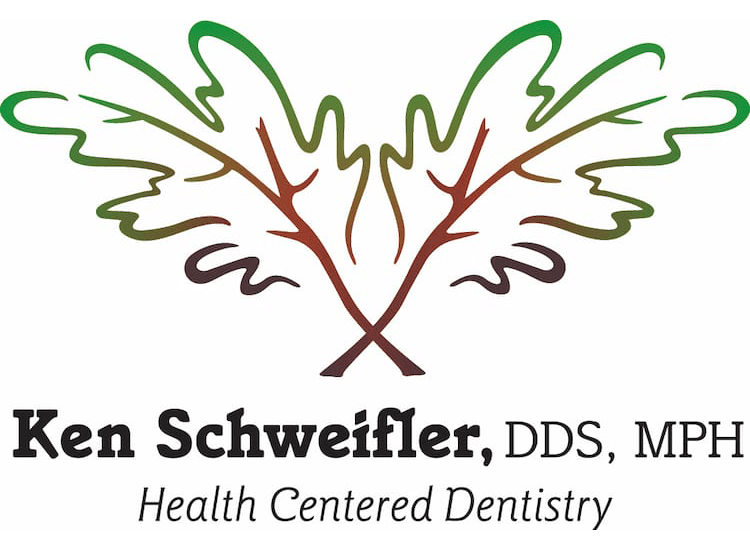Do your teeth appear yellow, stained, or duller in color? Over time, you might see a gradual loss of the pearly white appearance in your smile. This alteration can serve as a blow to your confidence. While a dentist can enhance your tooth color through cosmetic dentistry, ideally, you will want to preserve your natural smile as much as possible.
You can best protect your tooth color when you understand what can create these stains on your teeth in the first place. Read on to learn about three primary causes of dental discoloration.

Common Reasons You Form Dental Discoloration
Consuming Items with Staining Agents
A major cause of dental discoloration comes from the substances we put in our mouths. For instance, dark-colored foods and beverages often get their hue from tannins. These substances will transfer to your teeth as you eat, absorbing into your tooth enamel to create deep and dark stains.
You cannot remove these stains from your teeth with your usual oral hygiene regimen. You will need targeted treatment from your dentist to lift this discoloration.
Preventative measures like sipping from a straw might reduce the risk of staining your teeth from these food items. But they will not eliminate the chances entirely.
You will want to limit dark foods and drinks in your diet if you want to protect the look of your smile. Also, avoid smoking, chewing, or otherwise using tobacco products, which also contain substances that will stain your teeth over time.
Underlying Dental Issues
Certain dental problems can also cause dental discoloration as a side effect. Cavities can appear as white, brown, or black spots on the surface of your teeth, for example. Treating this early stage of tooth decay will resolve this discoloration too. But the final look of your tooth will depend on the type of filling you receive.
If your tooth appears dull in color, you might have a dead tooth. This condition occurs when the blood flow to the pulp of the tooth becomes restricted or blocked. Impact trauma from a blow to the face may cause this.
While not an emergency, a non-vital tooth could mean your smile is at risk of other dental problems. So you should not ignore new discoloration in your smile. This could point to a larger dental issue requiring urgent evaluation from your dentist.
Factors Outside Your Control
Even with good oral health care, your teeth could be susceptible to staining and yellowing for reasons beyond your control. For example, aging can weaken your tooth enamel, making them more in danger of turning yellower or darker. Some medicines might also generate stains on the teeth as a side effect.
Frequently Asked Questions
Can mouthwash alone prevent gum disease?
No, mouthwash can’t prevent gum disease by itself. It may help reduce bacteria and freshen breath, but it doesn’t remove plaque like brushing and flossing do. Mouthwash works best as part of a complete routine that includes proper brushing, flossing, and regular dental cleanings. Relying on mouthwash alone will leave plaque behind and allow gum issues to develop.
Do electric toothbrushes help reduce the risk of gum disease?
Yes, electric toothbrushes are usually more effective than manual ones at removing plaque along the gumline. Many have built-in timers and pressure sensors to improve brushing habits. Consistent use can lead to healthier gums and reduce the risk of gingivitis. They’re especially helpful for patients with limited hand dexterity or inconsistent brushing technique.
Can untreated gingivitis turn into periodontitis quickly?
If gingivitis is not treated, it can progress into periodontitis in weeks or months, especially with poor oral hygiene. Gingivitis affects the gums, but periodontitis damages the bone and support structures around your teeth. The earlier we catch it, the easier it is to reverse. Regular cleanings and daily care can stop it from progressing.
Will my gums grow back after gum recession?
No, receded gums don’t grow back on their own. Once gum tissue recedes, it’s gone permanently. We can surgically graft tissue from elsewhere in your mouth to cover exposed roots. The best approach is to prevent further recession with proper brushing technique and treating any underlying gum disease.
Can stress contribute to gum disease?
Yes, stress can weaken your immune system and make it difficult for your body to fight off gum infections. It may also lead to teeth grinding or neglecting oral hygiene, which worsens gum health. Managing stress and staying consistent with dental care can help protect your gums. If you’re noticing changes during stressful times, talk to your dentist.
How do I know if I have pockets between my teeth and gums?
You might notice signs like bleeding when brushing, persistent bad breath, or gums pulling away from your teeth. However, the depth of pockets can only be measured with a dental probe during a professional exam. Healthy pockets are usually 1–3 mm deep; anything deeper may indicate gum disease. Regular checkups help catch and treat these issues early.
For effective preventative dental care that will preserve your tooth color, consult with your dentist. Cosmetic dental treatments might enhance your smile, but individualized dental attention will help keep your smile looking and feeling its best without extra dental work. Learn more by scheduling a dentist appointment today.
